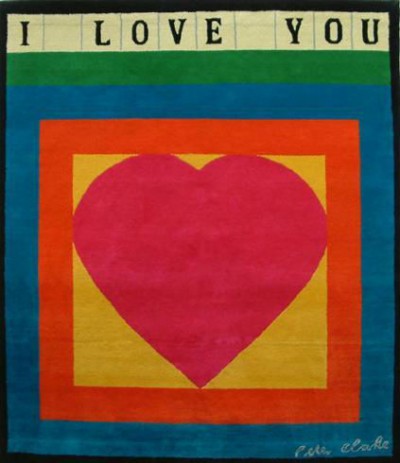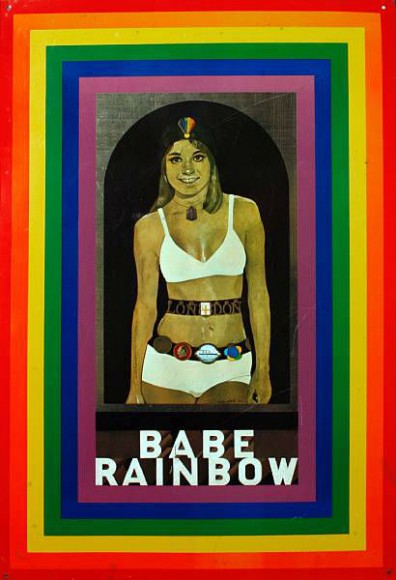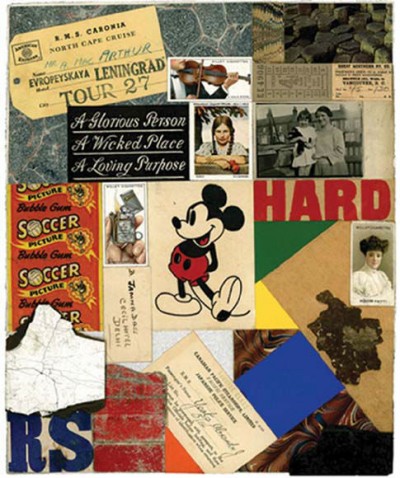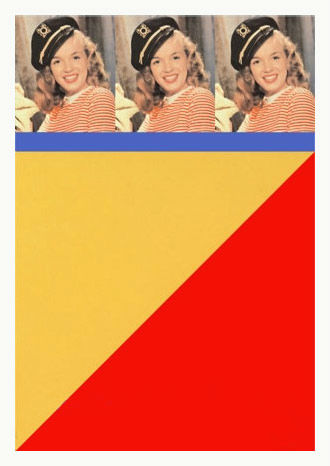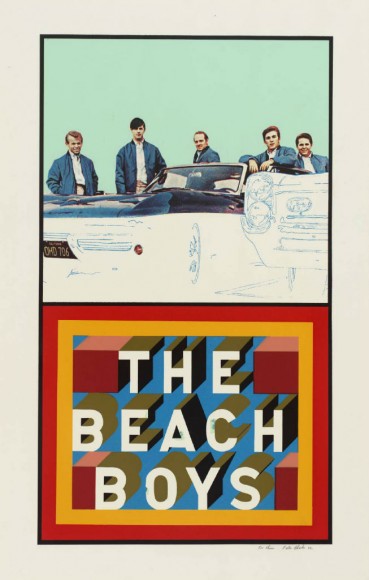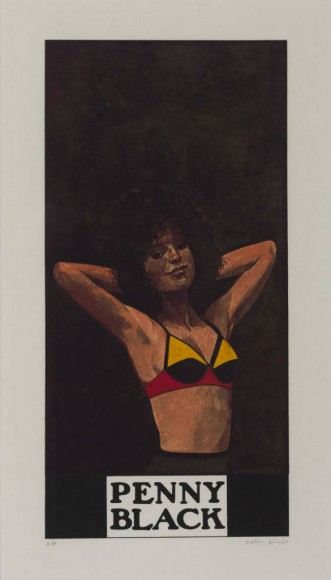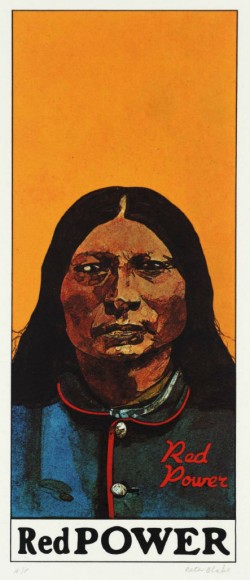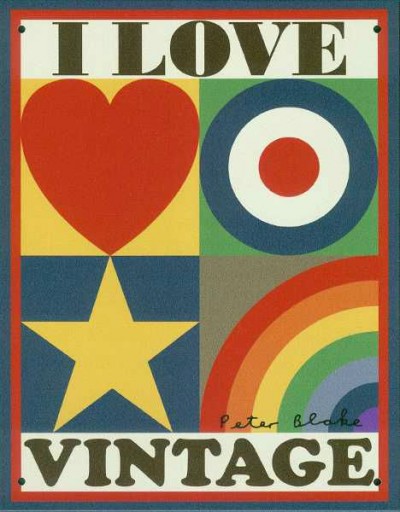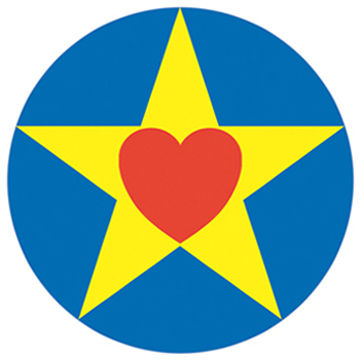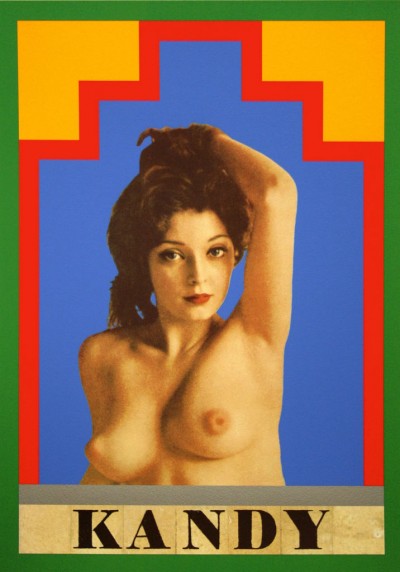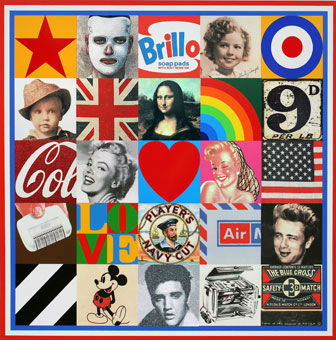PETER BLAKE
|
Peter Blake painter, printmaker, sculptor, and designer, a leading exponent of Pop art. His use of imagery from comics, pin-up magazines, consumer goods, and advertisements captured the flavour of the times. Blake is associated with the beginning of Pop Art. As a commercial artist he has designed numerous album covers for musicians including The Beatles, Paul Weller and The Who. He is best known for designing the iconic cover of The Beatles Sergeant Peppers Lonely Hearts Club Band. He was reportedly paid a one-off fee of only £200. In 1961, his work featured in the Institute of Contemporary Arts’ Young Contemporaries exhibition alongside David Hockney. In 1959, inspired by reproductions by Robert Rauschenberg and Jasper Johns, Blake began to paint collage-like pictures of pop musicians and filmstars and to produce assemblages made of recycled material, postcards and other items. Alongside his collages Blake also worked with the medium of imitation: Painted collages, imitated pin-up-boards and locker doors, enlarged, painted postcard motifs and painted adaptations of posters appeared. Peter Blake had a small “p” political aim to make art accessible. “I wanted to make an art that was the visual equivalent of pop music. When I made a portrait of Elvis I was hoping for an audience of 16-year-old girl Elvis fans, although that never really worked.” Peter Blake was tutored in the traditional skills of drawing – his first naked life model was Quentin Crisp – typography, lettering, silversmithing and joinery and although he thrived, he remembers feeling as though he were leading a double life. “At school I was in contact with these rather urbane and artistic teachers who introduced me to high art and classical music. At home I was following more working-class pursuits like going to jazz clubs, football, speedway and the wrestling with my mother and my aunts. But that contrast between art-school life and home life is how I explain my later part in pop art. When I was at the Royal College, all this information from my life became valid.” Related posts: |


